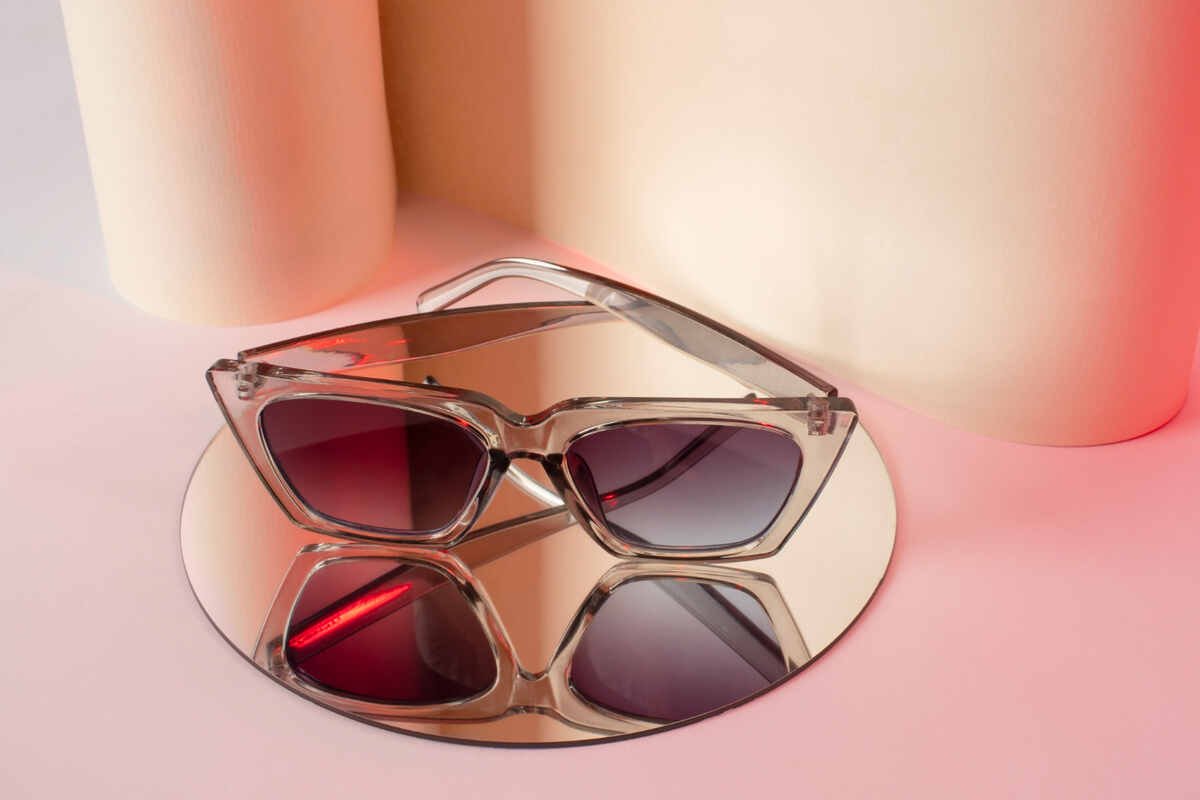Runway Fashion: Setting Trends and Inspiring Creativity

Introduction to Runway Fashion
Runway fashion, also known as catwalk fashion, refers to the showcasing of designer collections during fashion shows. These events serve as platforms for designers to exhibit their latest creations to a select audience of industry professionals, media, celebrities, and fashion enthusiasts. Runway shows are not only about presenting clothing; they are elaborate productions that set the tone for upcoming trends and influence the fashion landscape.
History and Evolution of Runway Fashion
The concept of runway fashion originated in the late 19th century, with the first recorded fashion show held in Paris in 1858. Over the years, runway shows have evolved from private presentations for elite clients to large-scale productions that garner global attention. The rise of haute couture houses and fashion weeks in major cities further propelled the popularity of runway fashion, turning it into a multi-billion dollar industry.
The Significance of Runway Shows
Runway shows hold a profound significance within the realm of fashion, serving as the pulsating heart that drives the industry forward. Beyond the glamorous facade and dazzling displays of haute couture, these spectacles play a pivotal role in shaping trends, fostering creativity, and influencing consumer behavior.
At its core, the significance of runway shows lies in their ability to set the tone for each fashion season. Designers meticulously craft their collections, pouring their creative vision into every stitch, fabric, and embellishment. These meticulously curated showcases not only reflect the cultural zeitgeist but also anticipate and dictate the trends that will dominate the fashion landscape.
Moreover, runway shows serve as powerful platforms for designers to express their artistic prowess and showcase their distinctive aesthetic. Each collection tells a compelling narrative, weaving together elements of history, culture, and personal inspiration. From avant-garde avant-garde designs to timeless classics, runway shows celebrate the diversity and ingenuity of fashion, pushing boundaries and challenging conventions.
Beyond their role as trendsetters, runway shows also hold immense economic significance for the fashion industry. They attract a diverse array of stakeholders, including buyers, retailers, celebrities, and media, who converge to witness the unveiling of the latest collections. For emerging designers, runway shows offer invaluable exposure and opportunities to secure lucrative partnerships and endorsements, catapulting them into the spotlight.
The Anatomy of a Runway Show
A typical runway show involves meticulous planning and attention to detail, with various elements coming together to create a memorable experience for attendees.
Preparations and Planning
Months of preparation go into organizing a runway show, from conceptualizing the collection to scouting models and securing a venue. Designers work closely with stylists, makeup artists, and hair stylists to ensure that every aspect of the presentation aligns with their vision.
The Venue and Setup
The venue for a runway show is carefully chosen to reflect the designer’s aesthetic and accommodate the audience. Runway sets are often elaborate, with lighting, music, and staging designed to enhance the overall experience.
Casting and Model Selection
Choosing the right models is crucial to the success of a runway show. Designers look for individuals who embody the essence of their brand and can effectively showcase their clothing on the runway. Diversity in model casting has become increasingly important, with designers embracing models of different ages, sizes, and ethnicities.
Makeup, Hair, and Styling
The final touches are added backstage, where teams of makeup artists and hair stylists work their magic on the models. The goal is to create looks that complement the clothing and enhance the overall theme of the collection. Stylists collaborate with designers to ensure that each outfit is styled to perfection before it hits the runway.
Key Players in the Runway Industry
Several key players contribute to the success of runway fashion, each playing a unique role in bringing designer collections to life.
Fashion Designers
At the heart of runway fashion are the designers themselves, who pour their creativity and passion into every collection. From established couturiers to up-and-coming talents, designers are responsible for shaping the direction of the industry and pushing the boundaries of fashion.
Models
Models are the face of runway fashion, embodying the spirit of each collection as they strut down the catwalk. While supermodels may dominate the headlines, runway shows also provide opportunities for aspiring models to gain exposure and launch their careers.
Fashion Houses and Brands
Fashion houses and brands play a central role in the runway industry, sponsoring shows and nurturing emerging talent. From luxury labels to fast-fashion retailers, brands leverage runway fashion to showcase their latest offerings and connect with consumers on a deeper level.
Fashion Week Organizers
Fashion weeks serve as the epicenter of runway fashion, bringing together designers, buyers, and media from around the world. Organizers work tirelessly to curate a lineup of shows that capture the essence of each city’s unique fashion scene, attracting attention and investment to the local industry.
Impact of Technology on Runway Fashion
Advancements in technology have revolutionized the way runway shows are produced and consumed, making them more accessible and interactive than ever before.
Live Streaming and Social Media
Thanks to live streaming platforms and social media channels, runway shows can reach a global audience in real-time. Viewers can tune in from anywhere in the world to watch their favorite designers unveil their latest collections, fostering a sense of inclusivity and excitement around fashion week.
Virtual Runway Shows
In response to the COVID-19 pandemic, many designers have embraced virtual runway shows as a safer alternative to traditional events. Virtual shows allow designers to experiment with new formats and engage with audiences in innovative ways, blurring the lines between fashion and technology.
Diversity and Inclusivity on the Runway
In recent years, there has been a growing push for greater diversity and inclusivity on the runway, with designers and industry stakeholders championing representation and inclusivity in fashion.
Representation of Different Body Types
Fashion has traditionally been criticized for its lack of diversity, particularly when it comes to body size and shape. However, in recent years, there has been a shift towards greater inclusivity, with designers casting models of all sizes and celebrating the beauty of diversity on the runway.
Embracing Diversity in Fashion
Beyond body diversity, there is also a growing recognition of the importance of diversity in race, ethnicity, gender identity, and age on the runway. Designers are increasingly casting models from diverse backgrounds to reflect the richness and complexity of the modern world.
Runway Fashion Around the World
Runway fashion is not limited to a single city or region; it is a global phenomenon that transcends borders and cultures.
Paris Fashion Week
As the birthplace of haute couture, Paris is synonymous with luxury and sophistication. Paris Fashion Week attracts top designers, celebrities, and fashion enthusiasts from around the world, showcasing the best of French fashion on the global stage.
Milan Fashion Week
Known for its bold designs and Italian craftsmanship, Milan Fashion Week is a celebration of style and innovation. From iconic fashion houses to emerging talents, Milan’s fashion scene is a melting pot of creativity and culture.
New York Fashion Week
New York Fashion Week is a melting pot of style, diversity, and creativity. From the glamour of the runway to the hustle and bustle of the city streets. New York Fashion Week captures the energy and excitement of the fashion world like no other.
London Fashion Week
London Fashion Week is a hub of creativity and innovation, showcasing the best of British fashion to a global audience. From avant-garde designs to classic tailoring, London’s fashion scene is as diverse and eclectic as the city itself.
Sustainability in Runway Fashion
With growing concerns about the environmental and social impact of the fashion industry, there is a growing movement towards sustainability and ethical practices in runway fashion.
Eco-Friendly Materials
Designers are increasingly using eco-friendly materials such as organic cotton, hemp, and recycled fabrics in their collections. By choosing sustainable materials, designers can reduce their carbon footprint and minimize the environmental impact of their clothing.
Ethical Practices in Fashion
In addition to using sustainable materials, designers are also adopting ethical practices throughout the production process. From fair labor practices to transparent supply chains, ethical fashion ensures that workers are treated fairly and communities are empowered.
Future Trends in Runway Fashion
As the fashion industry continues to evolve, several trends are poised to shape the future of runway fashion.
Sustainability and Eco-Consciousness
Sustainability will continue to be a key focus for designers and consumers alike. With brands exploring innovative ways to reduce waste and minimize their environmental footprint.
Virtual Reality Experiences
Advancements in technology will enable designers to create immersive virtual reality experiences that transport viewers into the world of fashion. Virtual runway shows and interactive experiences will allow audiences to engage with fashion in new and exciting ways.
Inclusivity and Diversity
The push for greater diversity and inclusivity will continue to drive change in the fashion industry. With designers embracing models of all backgrounds and celebrating the beauty of diversity on the runway.
Conclusion
Runway fashion is more than just clothing; it is a spectacle that captivates audiences and shapes the cultural zeitgeist. From the glitz and glamour of fashion week to the creativity and craftsmanship of designer collections. Runway fashion continues to inspire and delight audiences around the world.






